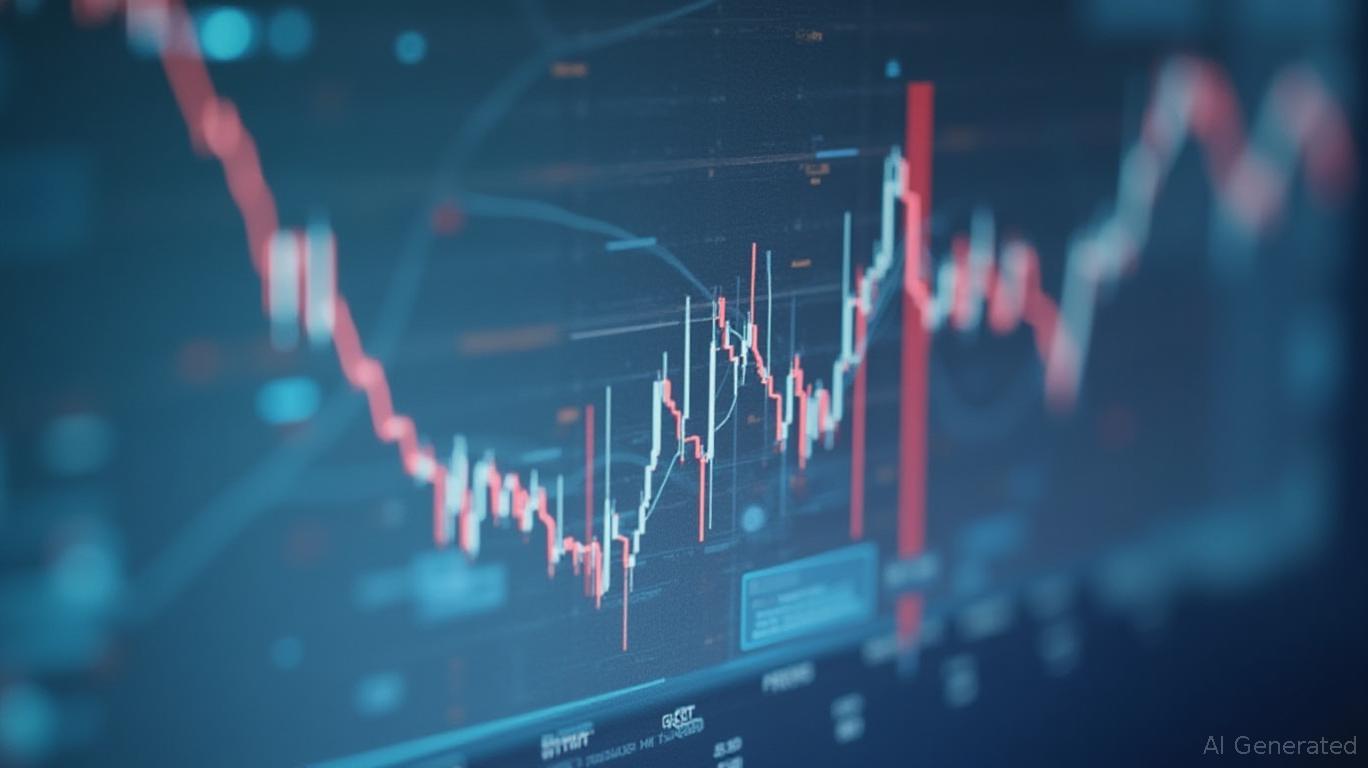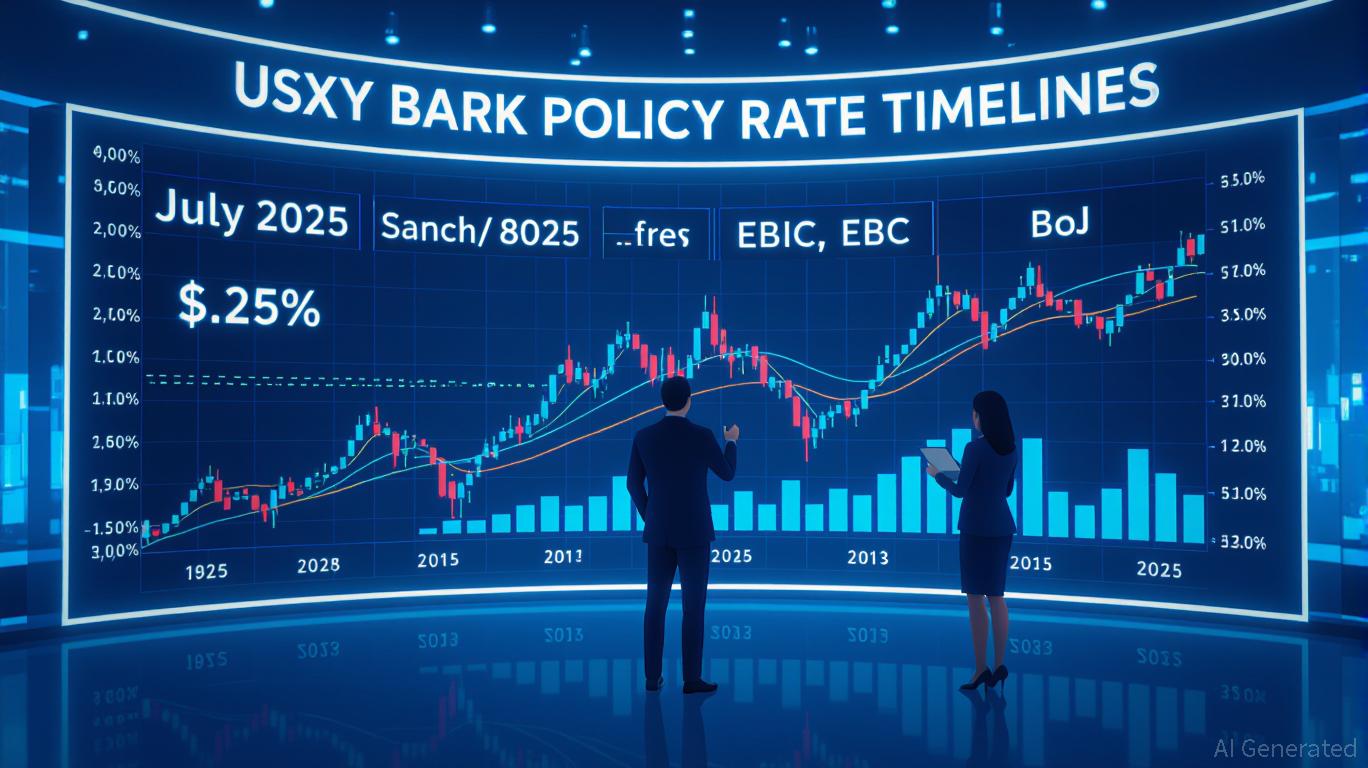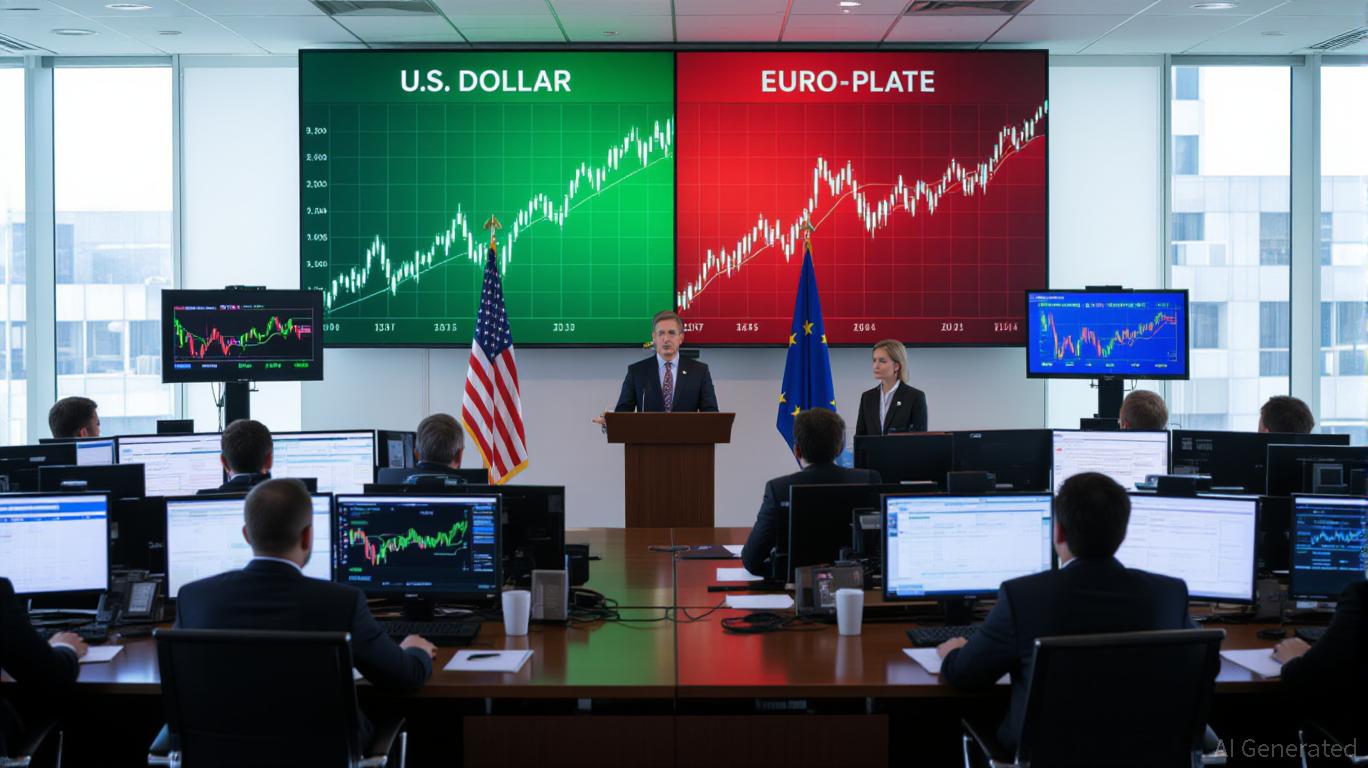AInvest Newsletter
Daily stocks & crypto headlines, free to your inbox
As global markets flirt with record highs, investors face a paradox: historic valuations coexist with unprecedented policy uncertainty. Nowhere is this tension clearer than in the Canada-U.S. tariff saga, where escalating trade disputes and sudden policy reversals have created a minefield—and an opportunity—for strategic investors. With geopolitical tariffs acting as both a disruptor and a catalyst, the path forward demands a rebalanced portfolio that balances growth potential with defensive resilience.
The Canada-U.S. trade war, now in its second year, has become a barometer of global trade tensions. Recent negotiations, including Canada's abrupt rescission of its Digital Services Tax (DST) on June 29, 2025, underscore the fluidity of policy outcomes. While Prime Minister Carney's concession temporarily calmed markets, the underlying risks remain: U.S. tariffs on Canadian steel (50%), aluminum (25%), and autos (25%) persist, while retaliatory measures from Canada—including 25% tariffs on $155 billion of U.S. goods—highlight the fragility of bilateral relations.

The immediate market impact has been stark. U.S. equities, represented by the S&P 500, fell into correction territory in early 2025, while Canadian equities (MSCI Canada Index) underperformed due to sector-specific pain. The automotive sector, for instance, saw prices rise 8.4% under 2025 tariffs, squeezing margins for companies like
and .The tariff war's most immediate risk lies in supply chain fragility. Canada supplies 30% of U.S. softwood lumber and is a key exporter of steel, aluminum, and uranium. Disruptions here ripple across industries:
- Automotive: U.S. automakers face a $4–5 billion annual tariff burden, with costs trickling down to consumers.
- Energy: Canadian oil exports, though exempt from the highest tariffs, face logistical bottlenecks as cross-border trucking and rail traffic slow.
- Inflation: Tariffs have already contributed a 2.3% rise in consumer prices, per Bank of Canada estimates, with further escalation likely if talks fail.
Amid the chaos, certain sectors are proving their mettle. Defensive assets and tech leaders—unburdened by the DST's cancellation—are prime candidates for investors seeking growth:
Utilities and healthcare stocks have historically outperformed during trade disputes. For instance:
- NextEra Energy (NEE): Benefits from stable regulated revenue and a focus on renewables, which are less tied to trade wars.
- Johnson & Johnson (JNJ): A dividend stalwart with global supply chains insulated from U.S.-Canada disputes.
While Canada's DST cancellation relieved pressure on U.S. tech giants (e.g.,
, Amazon), the broader sector remains vulnerable to trade-related inflation and supply chain delays. However, companies with diversified supply chains or strong pricing power—like (NVDA) or (MSFT)—could thrive.Gold and energy commodities (e.g., oil, copper) have historically acted as inflation hedges. Canadian energy stocks, such as
(CVE), could rebound if trade tensions ease, though geopolitical risks persist.Analysts caution against complacency. McGill University's Daniel Béland notes that Canada's DST retreat reflects “strategic vulnerability to U.S. leverage,” suggesting further concessions may follow. Meanwhile, the Federal Reserve's Beige Book highlights reduced cross-border tourism, weighing on hospitality and retail sectors.
History offers a cautionary tale: the 2002 U.S. steel tariffs triggered a 20% price surge but ultimately cost 200,000 jobs in downstream industries. Today's stakes are higher, with $800 billion in bilateral trade at risk.
Investors must navigate this landscape with a dual focus:
1. Defensive Anchors: Allocate 30–40% to utilities, healthcare, and high-quality bonds to shield against volatility.
2. Growth Catalysts: Deploy 20–30% to tech leaders with diversified supply chains and sectors insulated from tariffs (e.g., cloud computing, cybersecurity).
3. Geopolitical Hedges: Use 10–20% in commodities (gold, oil) to offset inflation risks.
4. Active Monitoring: Track tariff deadlines (July 9 and 21, 2025) and stay nimble—policy shifts could trigger rapid market swings.
The Canada-U.S. tariff saga exemplifies the new reality of investment: policy moves now outweigh fundamentals in driving volatility. Investors who blend defensive stability with opportunistic growth—while staying alert to geopolitical shifts—will navigate this era successfully. As markets reach record highs, remember: the next downturn may come not from economic fundamentals but from the next policy reversal.
Stay prepared, stay diversified, and stay informed. The post-Trump era demands nothing less.
Delivering real-time insights and analysis on emerging financial trends and market movements.

Sep.11 2025

Sep.11 2025

Sep.11 2025

Sep.11 2025

Sep.11 2025
By continuing, I agree to the
Market Data Terms of Service and Privacy Statement
Daily stocks & crypto headlines, free to your inbox
Comments
No comments yet